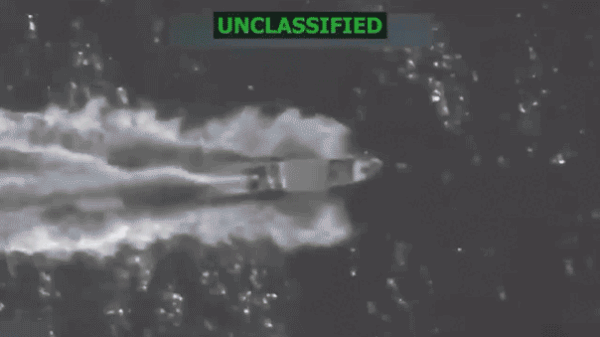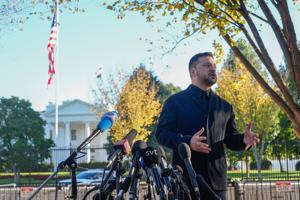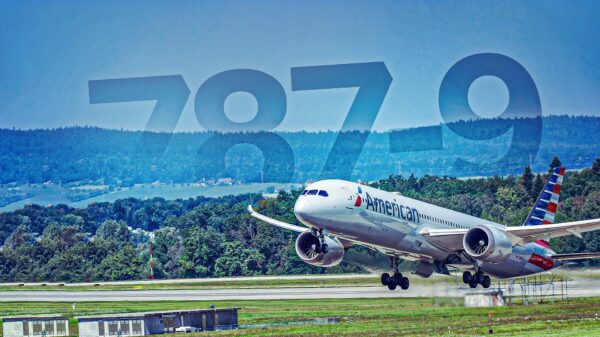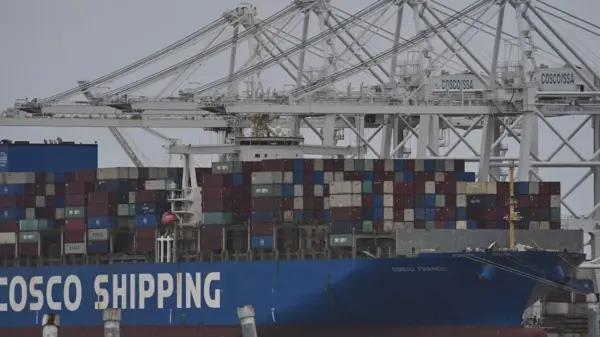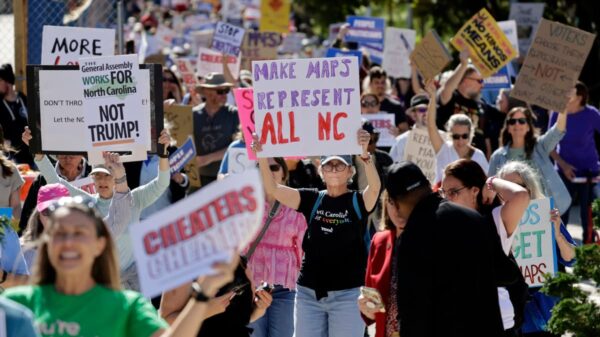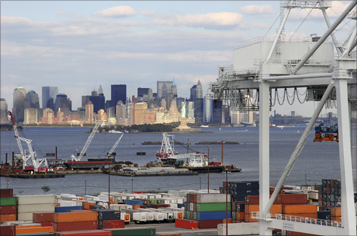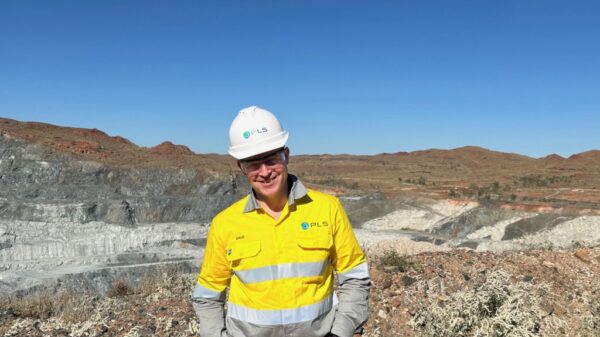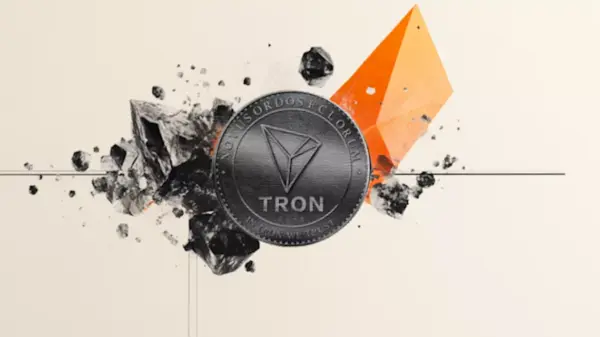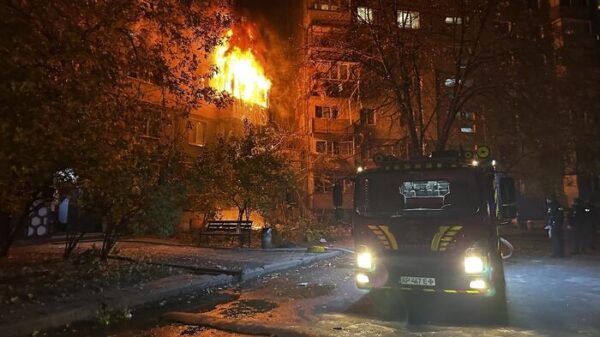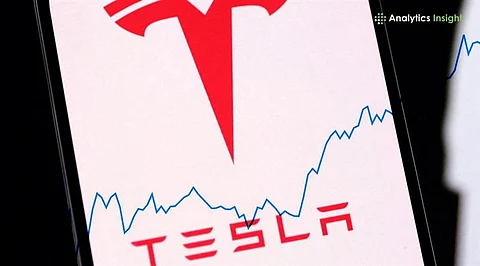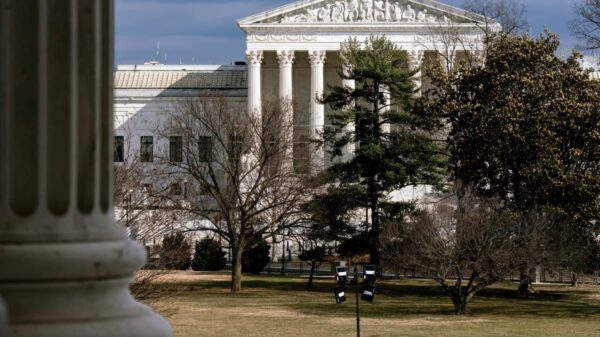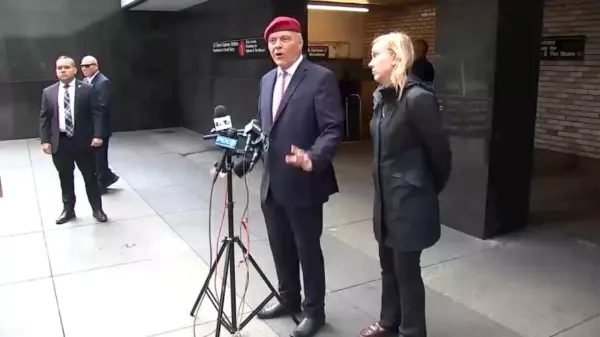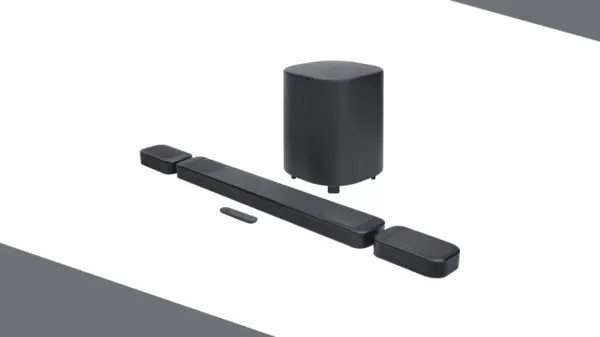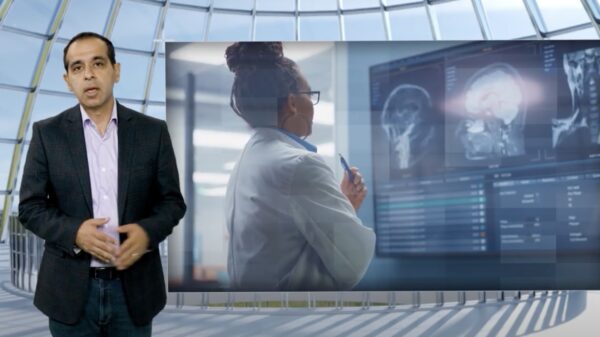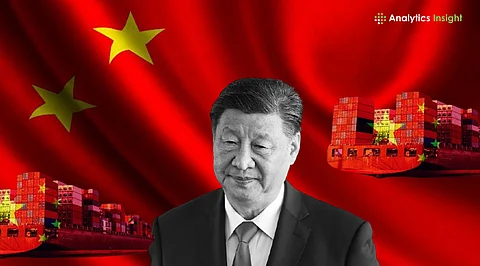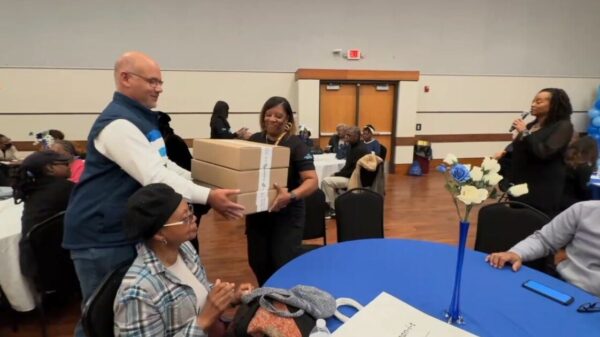Tesla has expanded its Robotaxi fleet in Austin, Texas, enhancing its driverless ride-hailing service. While the company has not disclosed the exact number of vehicles currently operating, the expansion marks a significant step in its ongoing efforts to establish a foothold in the autonomous vehicle market. On June 22, 2025, CEO Elon Musk initially announced a small fleet, expecting to launch with between ten and twenty vehicles, a move designed to ensure safety during the rollout of this innovative service.
The expansion of the Robotaxi fleet comes as Tesla increases the service area, now covering 173 square miles. This is a notable increase from the 91 square miles established earlier in August. The latest geofence expansion allows the Robotaxi service to reach suburban areas, including the airport and the Gigafactory Texas.
Tesla’s decision to expand its geofence for the third time reflects a growing confidence in its autonomous technology. The company announced that it has also increased the number of cars available by 50 percent, although it has refrained from providing specific figures regarding the total fleet size. This approach has raised questions among observers and users alike, as transparency regarding operational numbers remains limited.
Skepticism surrounding the Robotaxi platform often centers on the presence of a Safety Monitor in each vehicle and the unclear size of the fleet. While Tesla has successfully broadened its service area and allowed more riders to hail a Robotaxi, the necessity for a larger fleet to accommodate increased demand is evident. Some estimates suggest the Robotaxi fleet could number between 30 and 75 vehicles, although this includes vehicles from other regions, notably the Bay Area. Musk has previously indicated plans to grow the Bay Area fleet to over 100 vehicles.
As the service area in Austin continues to expand, many are left hoping for more clarity regarding the fleet size. Tesla’s ability to effectively manage this growth while ensuring passenger safety will be crucial as it navigates the complexities of the autonomous vehicle industry. The company’s strategy of gradual expansion appears to be aimed at balancing innovation with safety, but stakeholders are eager for more detailed insights into the operational aspects of the Robotaxi service.
With competition from companies like Waymo intensifying, Tesla’s next moves will be closely watched as it aims to solidify its position in the fast-evolving landscape of autonomous transportation.




